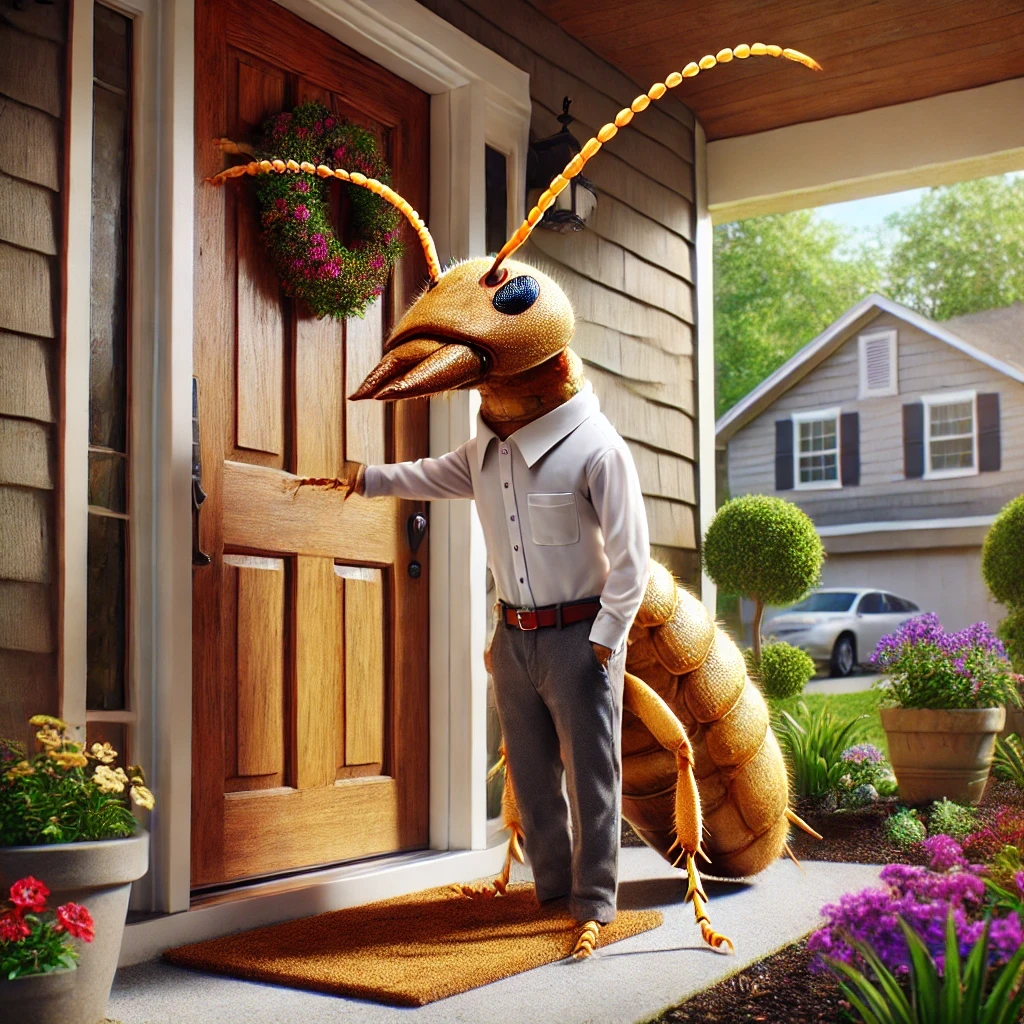Top 5 Cicada Questions Answered: Everything from, "Are they poisonous to dogs?' to "Are cicada and locusts the same thing ?"
Cicadas are a frequent topic of conversation during their mass emergences, sparking curiosity and questions about their habits, effects on pets, and their role in the ecosystem. Here, we address the top five cicada-related questions that people commonly ask, providing clear and accurate answers to deepen your understanding of these intriguing insects.
1. Are Cicadas Poisonous to Dogs?
One of the most common concerns for pet owners is whether cicadas are harmful to dogs. The good news is that cicadas are not poisonous to dogs. These insects do not possess venom, and they are not toxic to pets or humans. However, it’s important to moderate the amount your dog consumes, as eating too many cicadas can lead to digestive upset, such as vomiting or diarrhea, primarily due to the hard exoskeletons of the cicadas which are difficult to digest. Here's what the AKC has to say about dogs eating cicadas.
2. Are Cicadas Attracted to Light?
Unlike many insects, cicadas are not generally attracted to light. They are more focused on finding mates and the right vegetation during their brief adult phase. Cicadas are usually active during the day, although some species can also be active at night. During their nighttime activity, they do not typically swarm to artificial lights but may occasionally be found near them. And a new revelation to the science community, turns out most insects aren't actually "attracted" to light.
3. What Do Cicadas Eat?
Cicadas have a very specialized diet. As nymphs, which is the stage they spend most of their life in underground, they feed on sap from tree roots. Once they emerge as adults, their mouthparts are not designed for typical feeding. Adult cicadas may drink fluids from plant stems to stay hydrated, but they do not feed in the traditional sense that other insects do, such as consuming leaves or other insects.
4. Are Cicadas Blind?
Cicadas are not blind, but their vision is not particularly acute. They have five eyes in total—two prominent compound eyes on the sides of their head and three smaller ocelli on top, which are believed to be used for detecting light and dark. This vision is sufficient for detecting movement and helping them navigate through their environment, but they rely more on their ability to sense vibrations through the environment for survival and communication.
5. Are Cicadas and Locusts the Same Thing?
Cicadas and locusts are often confused, but they are significantly different. Cicadas are part of the order Hemiptera and are known for their distinct emergence patterns and singing. Locusts, on the other hand, belong to the order Orthoptera, which also includes grasshoppers. The key difference is in their behavior: locusts can form swarms and are known for their destructive impact on agriculture, while cicadas do not swarm and generally do not cause significant harm to plants despite their large numbers. Here's how the dictionary defines the differences.
Understanding these aspects of cicada biology and behavior can help alleviate concerns and foster a greater appreciation for these unique insects. Whether you're a pet owner, a nature enthusiast, or simply curious, knowing the facts about cicadas can enhance your summer experiences and conversations about these seasonal symphonists. If you're craving even more info, check out our comprehensive blog all about cicadas.





